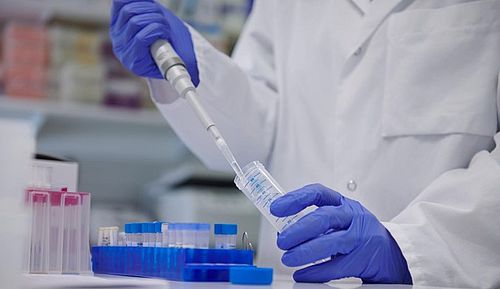Neurovascular diseases
Neurovascular diseases are caused by damage to blood vessels supplying the brain and spinal cord. The common endpoint of neurovascular diseases is a stroke, in which the brain and spinal cord suffer a persistent malfunction due to a persistent undersupply of oxygen and nutrients to the tissue. There are two basic types of stroke:
- Ischemic stroke: This type occurs in about 85% of cases and is due to a reduced blood supply to the tissue (=ischemia) due to vessel narrowing or vessel occlusion.
- Hemorrhagic stroke: This type occurs in about 15% of cases and is caused by bleeding into the tissue due to a pathological blood-permeable vessel.
About 16,000 strokes occur per year in Switzerland. Furthermore, stroke is the third leading cause of death and the most common cause of permanent disability in adulthood in Switzerland.
The causes of damage to the blood vessels supplying the brain and spinal cord are varied and can affect arteries and veins, small and large vessels and can be congenital or acquired. Often, patients with neurovascular diseases are older (> 70 years) and have concomitant risk factors (e.g., hypertension, diabetes, etc.).
The treatment of neurovascular diseases takes place on different levels:
- Primary prevention (to prevent the development of neurovascular diseases)
- Secondary prevention (to prevent the progression or recurrence of neurovascular diseases)
- Acute treatment
- Rehabilitation


